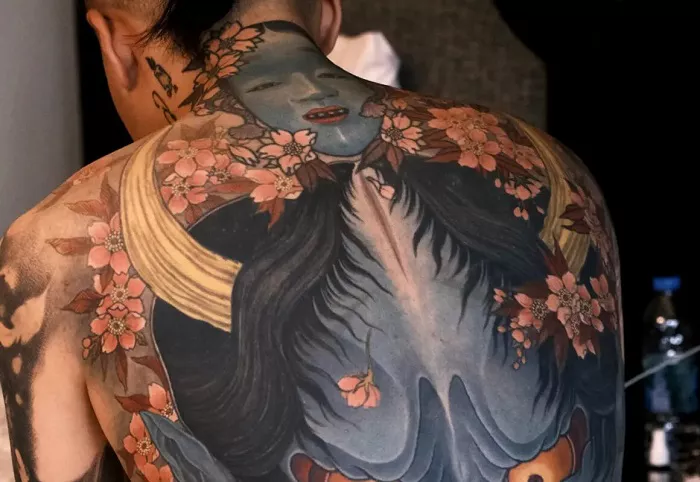As Copenhagen’s premier design event, 3 Days of Design, gets underway, a new parallel exhibition is making waves with a multidisciplinary approach that blends design, music, art, fashion, and food. Titled Other Circle, the independent event is being held at The Lab in Østerbro and features more than 50 exhibitors across various creative industries.
In an exclusive interview with Dezeen, Other Circle director Svend Jacob Pedersen shared the motivation behind launching the event separately from the official design week calendar.
“We believe there’s room for Copenhagen’s design week to expand beyond its current framework,” said Pedersen. “We have deep respect for what 3 Days of Design has built — it’s created a strong platform for design in the city. But at this point, it may be too large for one organisation to handle all the curation.”
Pedersen argues that in order to maintain high-quality programming, the city’s design week should welcome more independent contributors. “To preserve and grow the level of excellence, it needs more independent actors,” he said.
Other Circle aims to push the boundaries of traditional design exhibitions. Participants range from renowned furniture brands like BD Barcelona and Meritalia to fashion labels such as Samsøe Samsøe and ASICS. Art and design galleries Adorno and Galerie MLS are also featured, alongside music-tech pioneers Teenage Engineering, artists Rop van Mierlo and Oliver Sundqvist, and the experimental culinary platform Noma Projects.
Positioned just outside the city center, the exhibition seeks to foster creative exchange by encouraging interdisciplinary collaboration. According to Pedersen, this cross-pollination is essential for innovation.
“To evolve in any discipline — whether it’s design or music — you need dialogue with others,” he explained. “If you want to capture the energy and spirit of today’s creative culture, you have to look beyond the borders of your own field.”
Other Circle marks the first major exhibition to run concurrently with 3 Days of Design while operating entirely independently, signaling a potential shift in how Copenhagen’s design scene engages with its audiences — and with itself.
Related topics:

